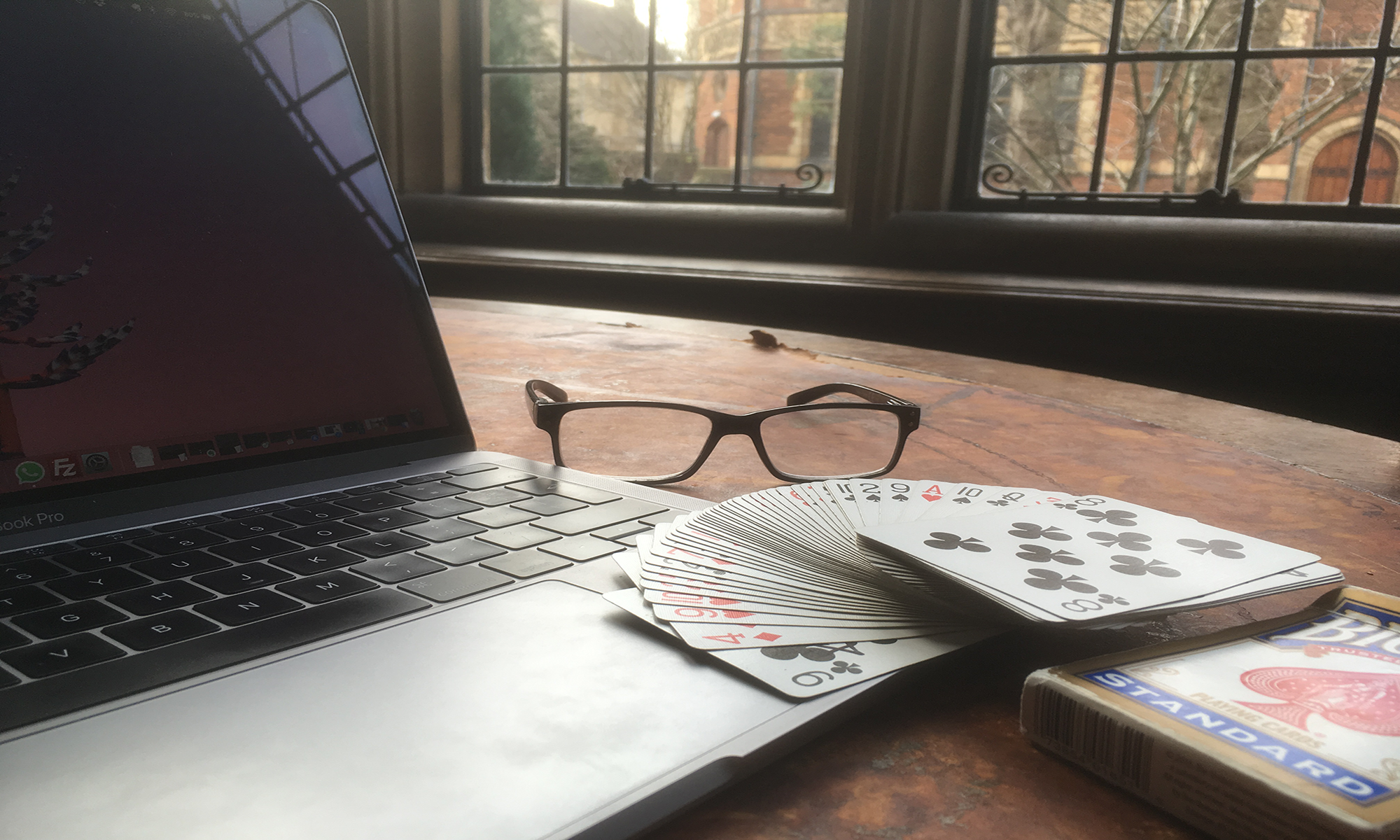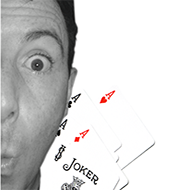
On Saturday night I was booked to do an outdoor pre-fireworks magic and circus show by a school. It was dark, freezing cold and the forecast promised rain half way through my show. I had one floodlight off to one side so I had some lighting, but not great.
By the time I had set up there were a few people milling around looking chilly. I was competing with hot dogs in the warm school canteen and bouncy castles in the sports hall.
I knew that I had straitjacket escapology and fire eating up my sleeve, but I had to get an audience first.
Confidence from Experience
I have done enough shows to know that I had a fighting chance of success, even though a large part of me wanted to go into the warm canteen for a hot dog and forget about the whole thing!
In these situations one has to build a crowd from scratch. I learned all my crowd-building techniques years ago from travelling down to London and sitting and watching the street entertainers in Covent Garden. It is an art, but it is learnable. The more you do it, the more confident you get.
Building Rapport
I started off by doing 15 minutes walking around the crowd on stilts, chatting to people and doing small magic tricks for them, with the promise of a dangerous magic and juggling show to follow. Building rapport and curiosity.
By doing this I managed to get about eight people to form the nucleus of my initial crowd. I put on some loud music and did an announcement over my PA system. Another four people arrived as a result, I had just enough for the next step.
From here on it was textbook Covent Garden.
A bit of banter and improv with those that are there: one-to-one interaction, make them feel special.
Get Your Friends to Help
I then explained to the audience that I needed their help to build a bigger crowd. They liked me by now so they wanted to help me. I explained that I would run on and they had to give me the loudest clap and cheer that they could. This caused interest in those who were a little way off and they came to see what was going on.
Then I did the first couple of bits of material, using volunteers, and getting a huge round of applause for the volunteers, building the crowd all the time.
On to the first big trick – the straitjacket and chain escapology – again using two volunteers to chain me up. Lots of banter and improv and laughs. By this time the crowd is growing naturally – who doesn’t want to go and see what all the laughter is about?
Tipping Point
At some point there is a tipping point and you don’t have to consciously crowd-build any more, you just have to be funny, magical and entertaining. By the time I got to the fire juggling and fire eating there must have been 60 people watching and an amazing atmosphere.
Success!
What About Your Show?
What has this got to do with work and life in general?
Whenever you start a new project you feel like you are on your own. But you are probably not. You may well have friends, family and some contacts from various points in your life. Some of them may at least be interested in following your progress at this stage.
You can build on this initial interest by social media posts and face-to-face networking.
You can afford to make all you interactions highly personalised at the start because you are actually creating a committed core crowd of supporters who will then be willing to help you in the next stages.
Do people favours, make them feel special. They will then want to return the favours later on to help you to build a bigger crowd.
Keep Trying, It Will Happen!
Just like with building a street-show crowd, it can feel like you stand no chance. But, the more experience you get, the more you will realise that you will probably have some kind of success. You just have to believe that you have something good to offer and then keep trying. If one approach doesn’t work for one person, try something a bit different.
At certain points you can ask your core crowd to help you build a bigger crowd.
It’s all an art, not a science, but you get better at it with practice.
At some point you will reach a tipping point and you just have to concentrate on doing good stuff, you don’t have to worry about building the crowd any more.


